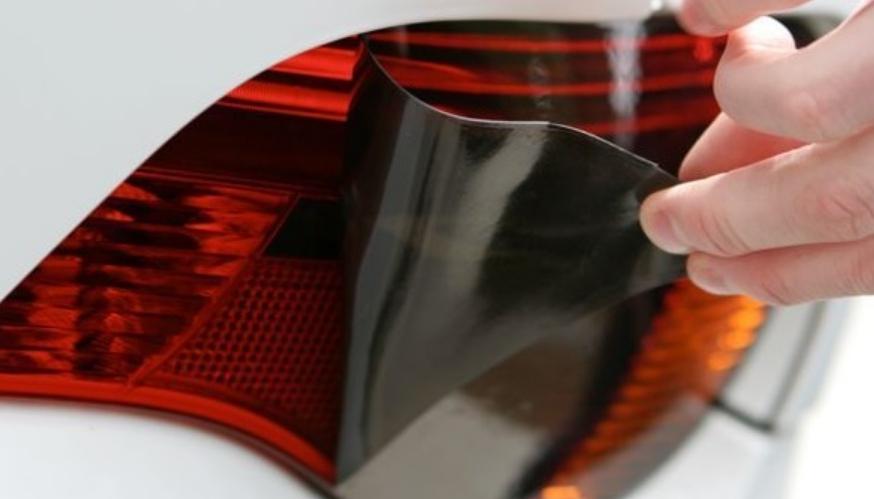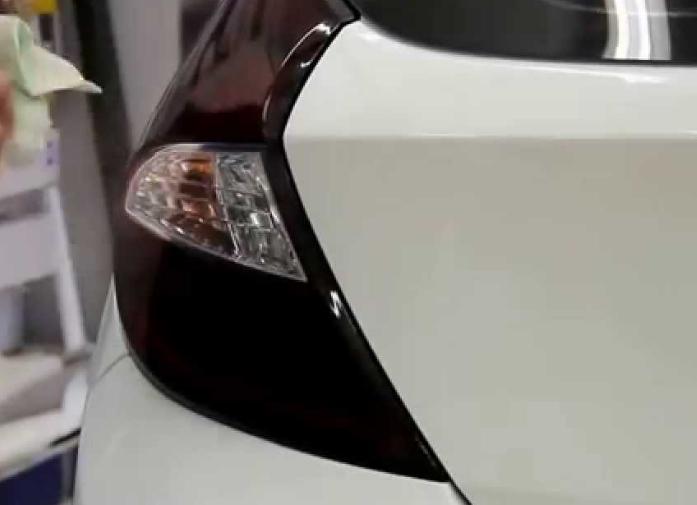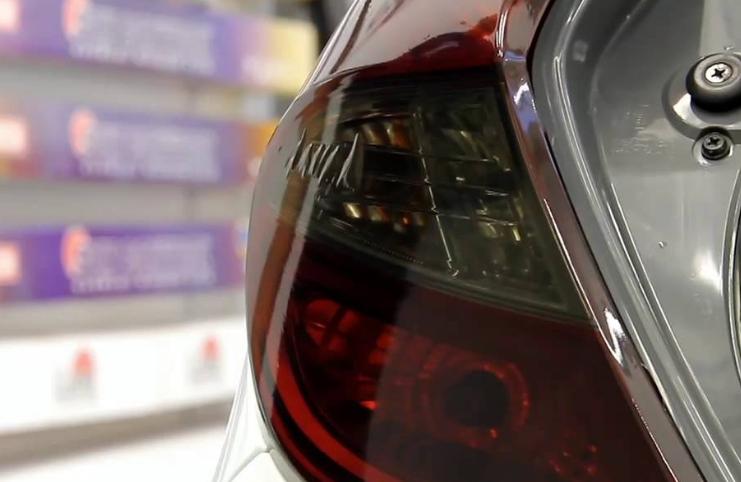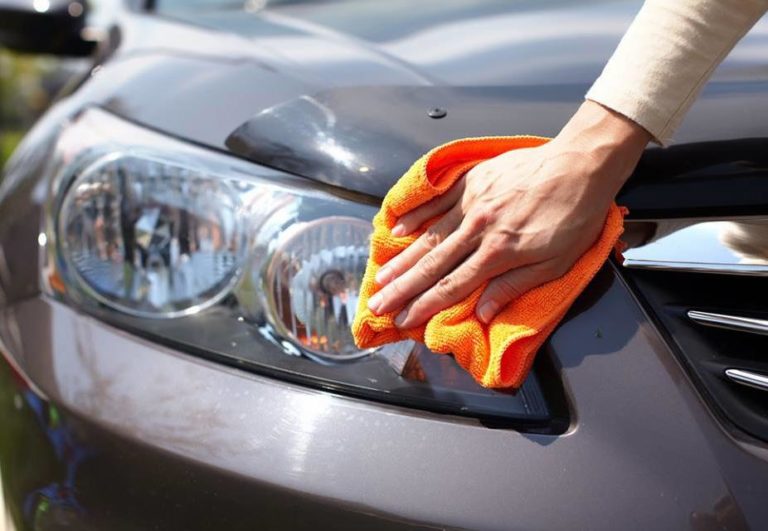Tinting of tail lamps
Tinting taillights is not a complicated process, but it requires accuracy and compliance with all recommendations for the work. To avoid penalties for traffic violations, you need to choose a film not very dark colors. Remember that the brake light should always be red and the turn signals should flash yellow or orange.
Why tint tail lights on the car
There may be several reasons, it all depends on the condition of the lights, their color and other features. Most often they are tinted for the following reasons:
- Improvement of appearance.. The rear after tinting is refreshed and looks much more attractive. Especially well the effect is noticeable on old lights, the surface of which has burned out, become dull or covered with numerous scratches. It is not difficult to hide small defects - chips, cracks, etc.Many types of films only slightly darken the lanterns, making them brighter and more expressive.
- Changing the stylistic design. By tinting you can give the car a different look, in some situations this is the only way to refine, as new lights are expensive.You can quickly change the design of the rear end without having to buy new lights.
- Elimination of traffic violations. This applies mostly to American cars, where the brake light can be orange. This is a violation of the rules, but the problem can be solved by sticking red film on all or part of the surface, and it should be dark enough to provide a red color.
- Protecting the lights from damage. The film not only protects the surface from scratches, but also prevents the formation of cracks even when hit by pebbles. The exterior finish increases durability many times over, which is important for those who drive a lot on low-quality road surfaces.
Some types of tinting are virtually invisible, as they simply freshen up the color of the headlights.
What you need for tinting
For tinting taillights with film will require a certain set of materials and devices. Without them, you should not start the work, as you will not be able to achieve a good result. Most often the following are used:
- Film for tinting. It is better to buy a special version suitable for headlights.
- Microfiber cloth or any other lint-free cloth. It is important that not even small fibers remain on the surface, as they will worsen the gluing result.
- Degreasing compound. This can be a special version, as well as alcohol or compositions based on it. Some types of solvents can be used, but they should be used with caution, some make the glass matt.
- Construction hair dryer .. Allows you to warm the film and improve its adhesion in difficult areas. Instead of it, you can also use fairly powerful household options with a narrow diffuser, which also warm up the surface well.
- A construction or office knife for precise and accurate cutting.
- Rubber trowel.. Special small size options that do not damage the film are best. Most often they are sold at the same place as the tinting film.
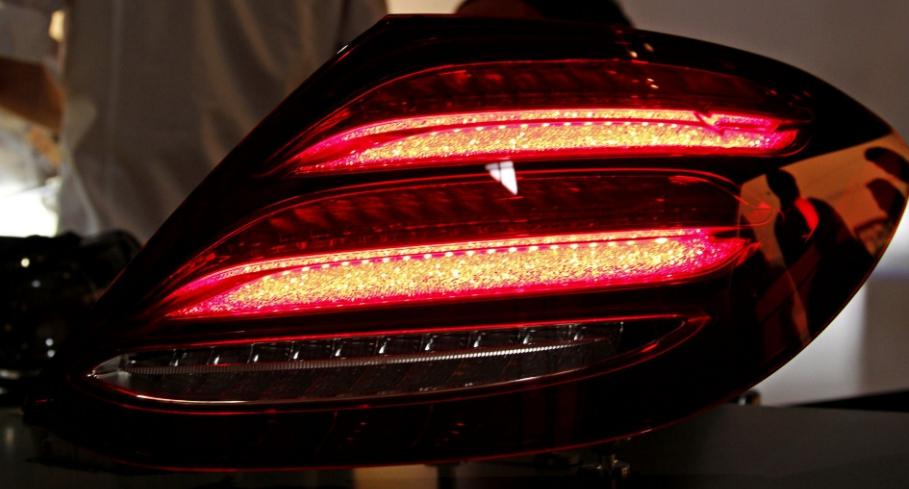
Read also: How to improve the headlights on your car
Pros and cons
This solution has both advantages and disadvantages. It is worth sorting them out to decide whether it is worth doing the work with your own hands or not. The main advantages are as follows:
- You can literally in a few hours to transform the car and refresh the lights. And if you pick up a suitable tinting color, they will be almost the same as from the factory.
- The film disguises turbidity, minor scratches, and damages well.
- The protective layer makes your glass or plastic more resistant to impact and damage.
- The work can be done either with the removal of the lights or directly on the car.
- If necessary, the film can be quickly removed, preferably by preheating it with a hair dryer.

There are also disadvantages, they are as follows:
- Quality film is quite expensive. And cheap varieties quickly lose their attractive appearance - the surface is covered with small scratches.
- The skill of pasting is not difficult, but without experience you may have problems. Accuracy is important here.Cheap films are difficult to bend, and creases are often left on the surface.
- Headlights of complex shape are more difficult to wrap, especially if they have many protrusions or curves.
When pasting it is desirable to make a cut in front of the reversing lights, so as not to darken it.
How to choose a tinting film
To ensure the good result, which will last for a long time, you should responsibly take into account the choice of the film. Its appearance and durability depends on it, so you should remember a few tips:
- Only special material designed for headlights and lights is used. Do not use film for windows or car windows, it does not have sufficient strength.
- The color is determined individually. But do not go to extremes and choose dark materials, they do not look the best, plus distort the colors of turn signals and brake lights.
- It is better to choose variants from the middle or high price segment. Cheap films are of adequate quality and often get damaged while they are still in use.
Tinting process
It is best to remove the headlights before starting the work, to ensure easy access to all the elements and simplify the work. Tinting them on the car is worthwhile in cases where there is no possibility of removal or it causes a lot of difficulty. Instructions for the work:
- Before you tint the lights, you need to clean the surface well. There should be no dust on it. At the end, the glass or plastic is degreased with any suitable compound. If there were cracks, you can carefully seal them with special products.
- A small piece of film is cut with a margin on the sides so that there is enough material to work with in case of shifts. It is applied to make sure that everything is in order.
- The film is removed from the protective layer and glued according to the instructions on a separate sheet of paper. It's simple - the material is gradually glued and smoothed with a trowel. In the bends and difficult areas the film is heated with a hair dryer to improve flexibility. But do not try too hard - if you overheat it, folds will form.
- You need to smooth out section by section, expelling the air. At the edges of the material is a little bent, and then the excess is cut off with a construction or office knife.
You can visually see the instruction in the following video.
It is not difficult to tint taillights with a film if you understand all the details of the process, carry out the work carefully and slowly. The quality of the material is important, if it is good, then it is laid and smoothed much better.
